Motivation: Convert Data into Meaningful Insights
The importance of data and knowledge extraction in data science is growing rapidly. Fields as diverse as scientific & engineering research, financial & economic analysis and advertising & marketing communications management are facing an exponentially increasing volume of available data with very complex structure defined by different experimental conditions and specially the ones enabled by the IT socio-economic ecosystem platforms. With this quantitative data researchers hope an access to many levels of information, as grouping together elements ( pixels in case of an image) with similar measurements (RGB colors) or with significant discrepancy in their measurements. This knowledge will help researchers to gain insights into the inter-connexions and associations between elements in a given data (image).This essay is mainly motivated to answer the following questions, given an image-data content(pixels):
-
Q1: How different is a given pixel from the rest of pixels?
-
Q2: Is a given pixel an insider or an outlier?
Discrepancy Learning Process
Our first framework in data content detection using the framework of the discrepancy analytics is reformulated as an image content analytics framework to assess these questions.We use the mathematical framework of discrepancy to establish a data-image structure analysis. Essentially, discrepancy gives a global indication about the non-uniformity of the distribution of RGB colors in the image. The usage of the mathematical framework of discrepancy provides a discrepancy learning process for image analytics that is able to give insights about RGB colors distribution of the pixels and to allow access to many levels of information about image content. This discrepancy learning process is simple to numerically implement without assuming any parametric form in the data. The results showed that this discrepancy learning process captured the reflected pattern in the image with more insights about the colors spatial distribution where the pixel colors are either clumped or scarce. The captured pattern by the discrepancy learning process is called L2 Discrepancy Channel.
We are in process to explore the usefulness of this discrepancy learning process in the key problem of feature design in computer vision and machine learning as it can largely determine the performance of a vision system to discover content. Informative features capture the essence of an image pattern and reliable feature extraction facilitates a wide range of tasks such as detection, matching, recognition, tracking, and more generally any learning task in the image domain.
A totally new era of thought for Image Content Analytics & Information Capture as a new image can be formed by using multi-channel discrepancies. The new discrepancy image allows an access to many levels of information about outliers and insiders in the image-data content.
Numerical Reality
The implementation of the algorithm using the known programming languages ( Java,C++,C#, R) is very straightforward. One way to describe a digital color image is to declare its contents using picture element(pixel) position and their associated RGB colors, each image pixel is represented by 3 coordinates, Red Channel, Green Channel, Blue Channel. Our Discrepancy Learning Process provides the forth channel called L2 Discrepancy Channel, see images below.The L2 Discrepancy Channel is considered as an holistic histogram for the RGB colors in the image, it allows the interpreter to objectively identify the image content levels:
-
Dark Grey is meaning that the color of the pixel is scarce in the image content.
-
White Grey is meaning that the color of the pixel is dominating in the image content.
Acquiring Global Insights

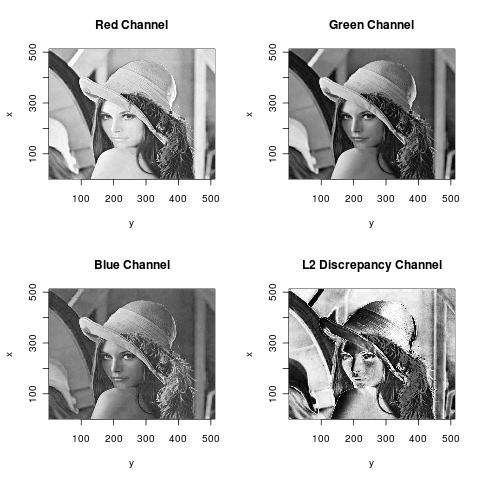

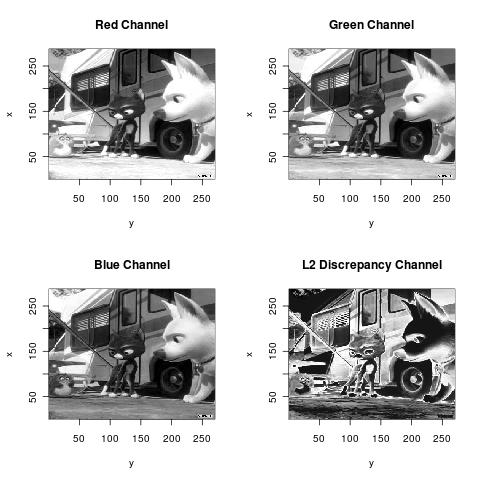
Deep Learning: Acquiring Detailed Insights From Cropping Images & Multi-Channel Discrepancies.
The Discrepancy Image is formed by the Discrepancy Learning Process as:-
1-) Considering (Red Channel, Green Channel). The obtained channel is called Discrepancy Channel RG.
-
2-) Considering (Green Channel, Blue Channel). The obtained channel is called Discrepancy Channel GB.
-
3-) Considering (Red Channel , Blue Channel ). The obtained channel is called Discrepancy Channel RB.
-
The Discrepancy Images are the images formed by (Discrepancy Channel RG, Discrepancy Channel GB, Discrepancy Channel RB).


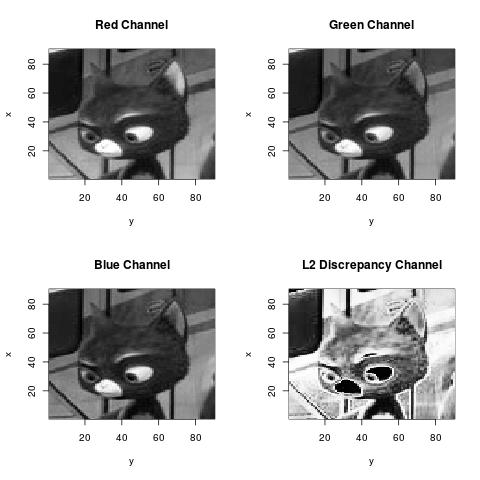




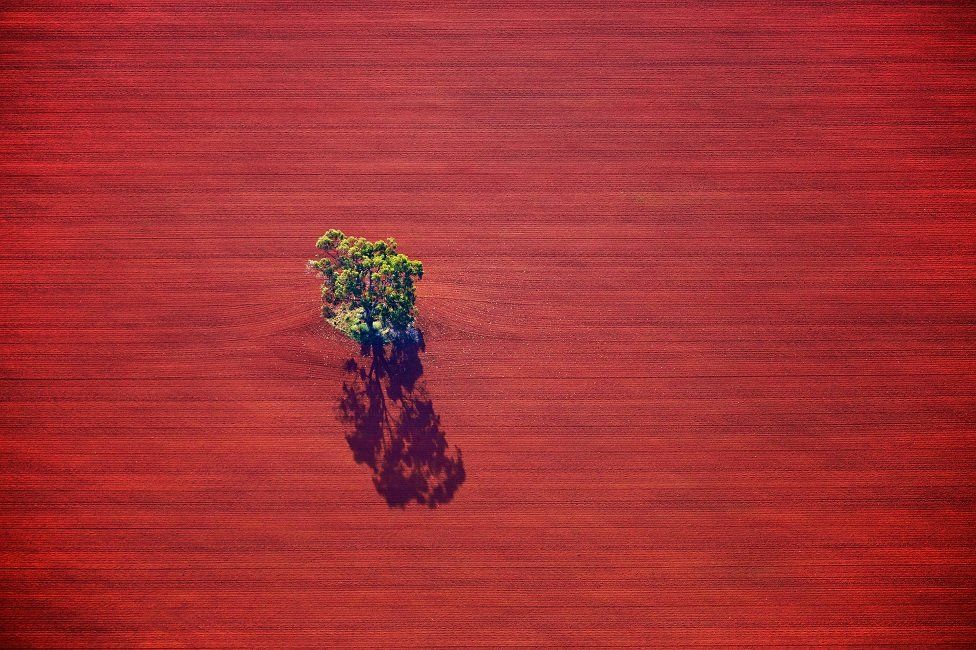
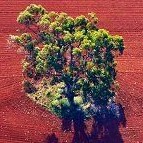
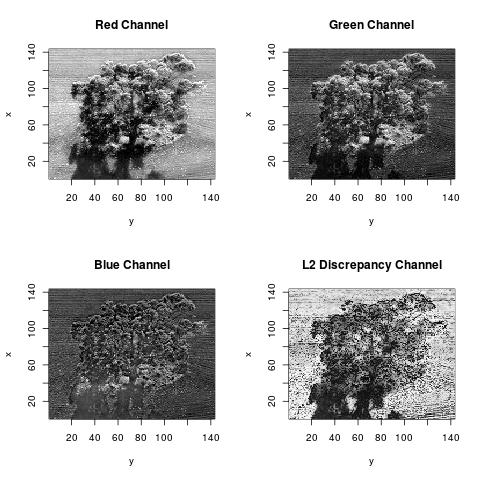



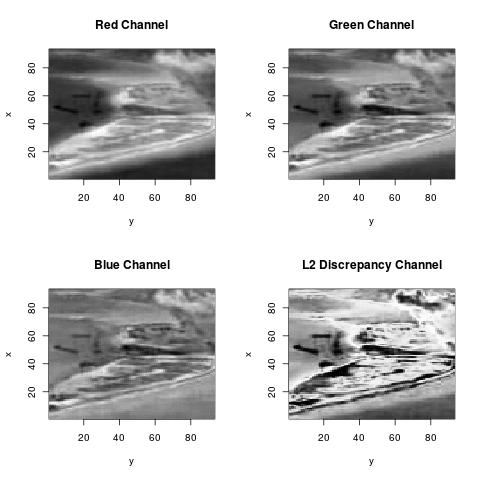
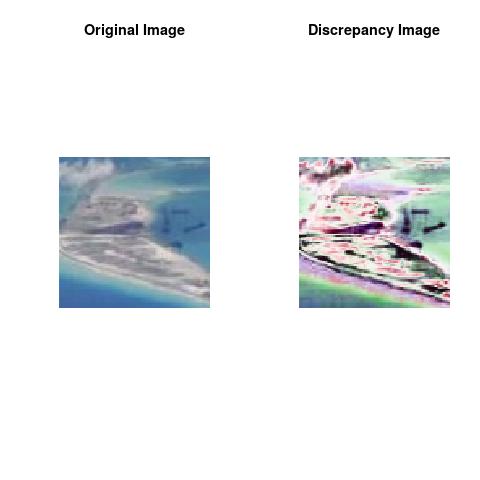




For an application to Fluorescence Imaging Analysis, click this for more, Using Deep Discrepancy Learning Process.

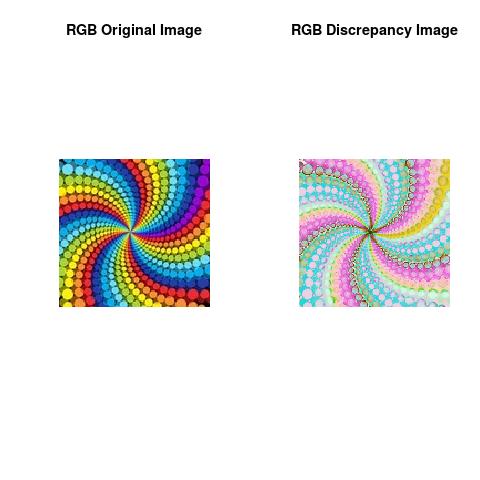


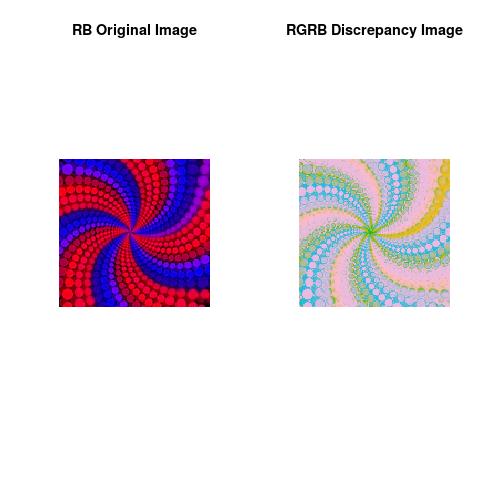
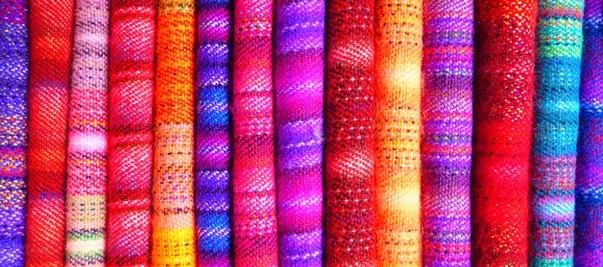

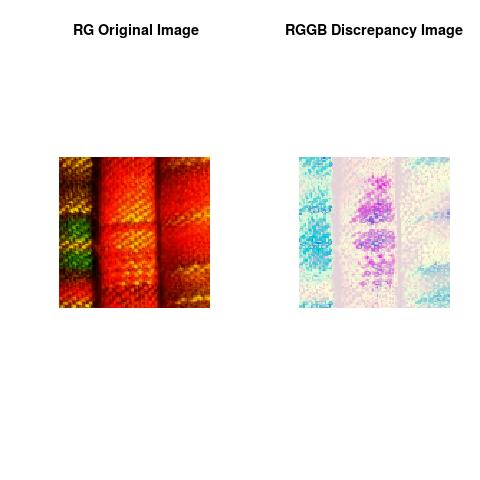

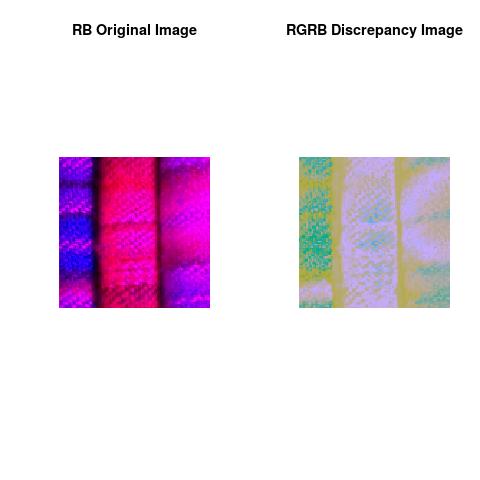
Note
The theoretical part of this work was done when the author was in his PhD thesis (1994-1998), at the University of Savoie, Department of Mathematics, France. The work was shaped toward real applications accordingly to the learned scientific experience.Author scientific profile:
Statistics and Applied Mathematics for Data Analytics, Identify opportunities to apply Mathematical Statistics, Numerical Methods, Machine Learning and Pattern Recognition to investigate and implement solutions to the field of Data Analytics. Data prediction via computational methods to predict from massive amounts of data ( big data). These methods included clustering, regression, survival analysis, neural network, classification and ranking.
Author: Faysal.El.Khettabi@gmail.com , Living in Vancouver, BC, Canada.
The MIT License (MIT) Copyright 1994-2017, Faysal El Khettabi, Numerics&Analytics, All Rights Reserved.
The MIT License (MIT) Copyright 1994-2017, Faysal El Khettabi, Numerics&Analytics, All Rights Reserved.